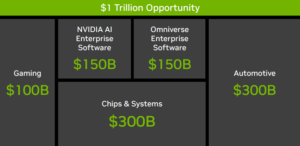According to a Walk Free Report, one in every 130 females globally is living in modern slavery. Women and girls account for nearly three-quarters (71%) of all victims. This stark reality sheds light on the disproportionate impact of modern slavery on women and girls, highlighting the urgent need for action.
In this episode, we delve deep into this crucial topic with Melissa Stewart, a member of the Alphinity Sustainable Share Fund and Alphinity Global Sustainable Equity Fund (Managed Fund) compliance committees.
Tune in as we discuss the impact of gender inequality on modern slavery prevalence and explore how investors can play a pivotal role in addressing this issue.




















